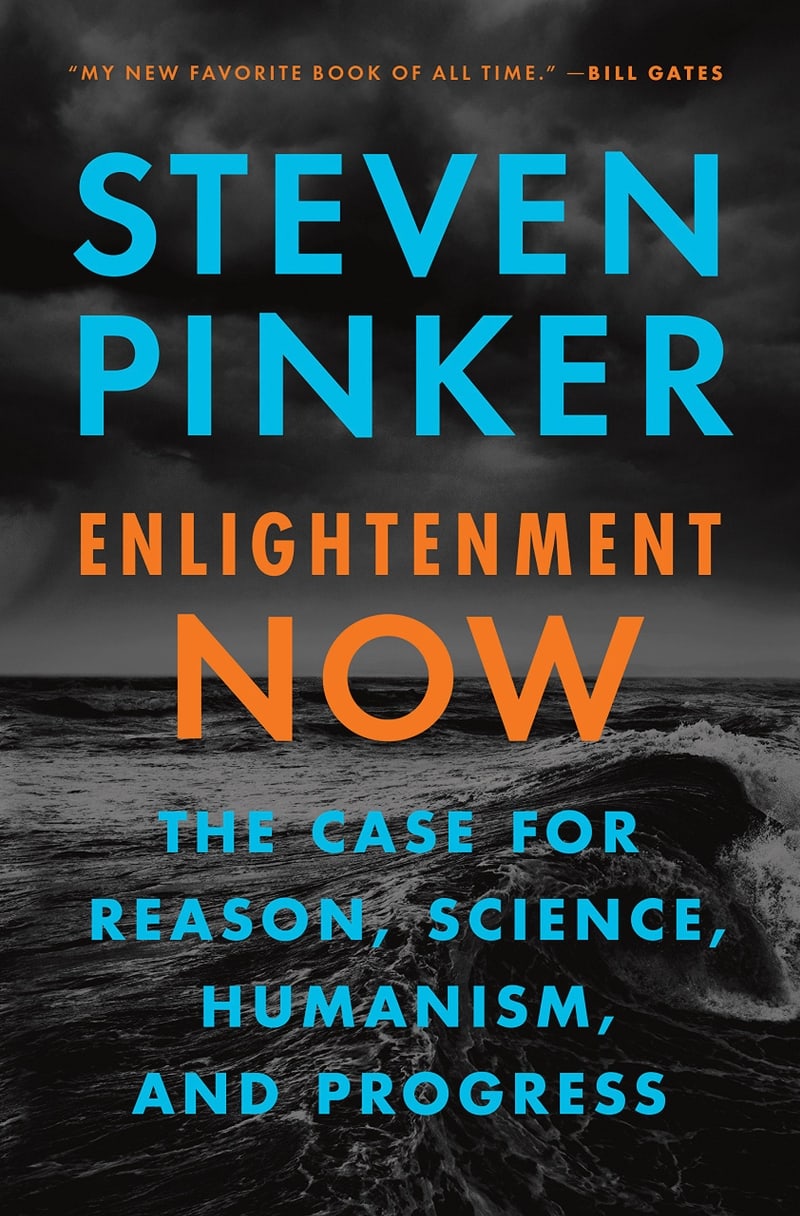Pinker, S., & Feedle, R. (1990). A theory of graph comprehension. In Artificial Intelligence and the Future of Testing (pp. 73-126). Psychology Press.
Publications by Year: 1990
1990
Pinker, S., & Bloom, P. (1990). Natural Language and Natural Selection. Behavioral and Brain Sciences.
Tarr, M., & Pinker, S. (1990). When does human object recognition use a viewer-centered reference frame?. Psychological Science, 1(4), 253-256.
How do people recognize an object in different orientations? One theory is that the visual system describes the object relative to a reference frame centered on the object, resulting in a representation that is invariant across orientations. Chronometric data show that this is true only when an object can be identified uniquely by the arrangement of its parts along a single dimension. When an object can only be distinguished by an arrangement of its parts along more than one dimension, people mentally rotate it to a familiar orientation. This finding suggests that the human visual reference frame is tied to egocentric coordinates.


